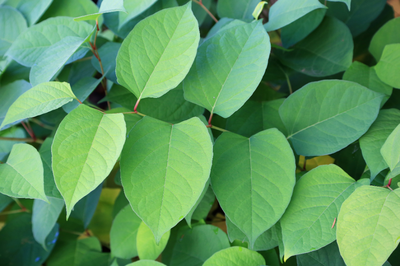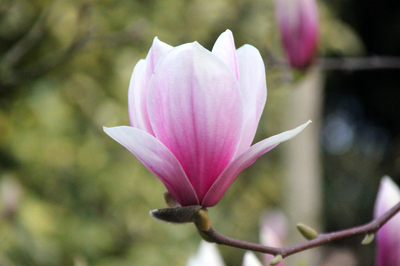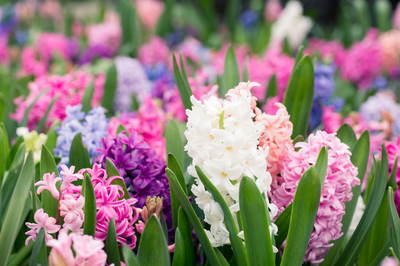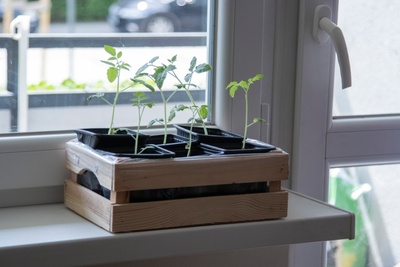
Creating a non-toxic garden is much easier than it sounds and its best to be safe for everyone involved including children, pets and wildlife. These tips will help you create a safe, thriving environment.
Gardening for pets in a thriving non-toxic garden
- Use organic, pet safe pest control to make sure your dog doesn't get sick. If you need to use any kind of pest control solution, make sure it is organic, non-toxic and pet-friendly. Slug pellets, pesticides and rat poison can be lethal to everything in your garden, so avoid using them at all costs. If you have to keep on top of slugs and snails, use Nematodes which are pet and wildlife friendly microorganisms.
- Check plants are suitable for dogs to avoid the risk of toxic poisoning. With so many beautiful plants available for all styles of gardens, you can still have a lovely space even if you have to cross a few favourites off the list. Rhododendron, Foxgloves, Delphiniums to name a few can be highly toxic to pets. Always check before you buy any plants to make sure your pets can happily play safely around them.
Growing a non-toxic garden for children to enjoy
- Think about using plants that are safe for children to eat. Children tend to put anything they pick up straight in their mouth! So it’s important to think about planting that’s safe and toxic free. Plants such as herbs and edible flowers work really well and can even be planted to show children where their food comes from. Nasturtiums, Marigolds and Snapdragons are a great choice.
- Learn which plants are toxic so you can avoid them. Along with knowing which plants are edible, it’s a good idea to understand which ones are toxic. That way you can avoid having them in your garden to be on the safe side. Laburnum is gorgeous with its dangling yellow flowers but it's very poisonous. Also, Aconite (Aconitum) which is also known as monkshood and Lily of the Valley along with Daffodils should be avoided.
Gardening for wildlife in a non-toxic garden
- Biodiversity is key for on a non-toxic thriving garden for wildlife. Limiting the use of all harmful substances in the garden actually helps to create a haven for plants and wildlife. It means bees, butterflies and other insects will all thrive and birds, bats and frogs will help to keep the pests under control.
- Plant native species to help wildlife. Native species can help a garden thrive and even keep pests and diseases at a minimum by being home to all of the beneficial insects and wildlife needed. This is turn means, less need for any unnatural controls, letting nature do what it does best.
From plants to homes for nature, we have so much in store to help you create a thriving non-toxic garden to enjoy. Come in store to choose your favourites for the garden!




